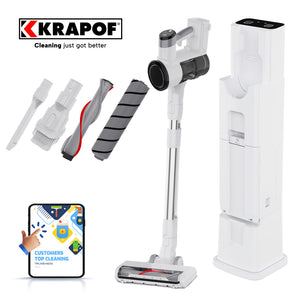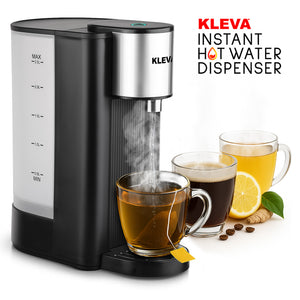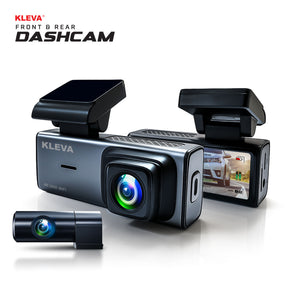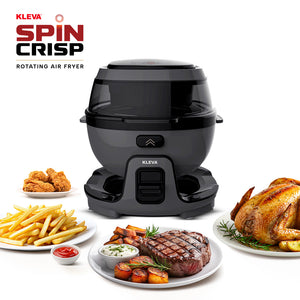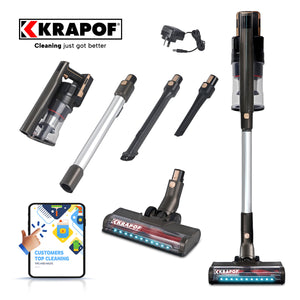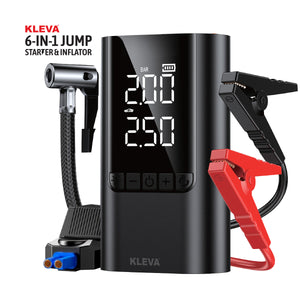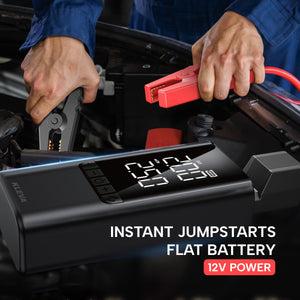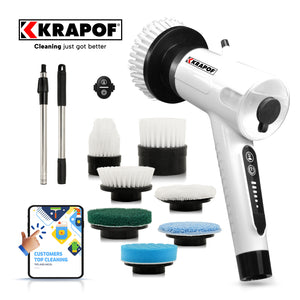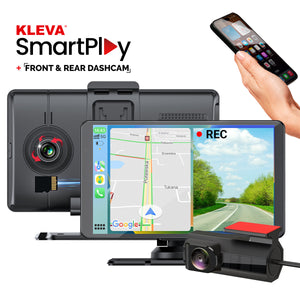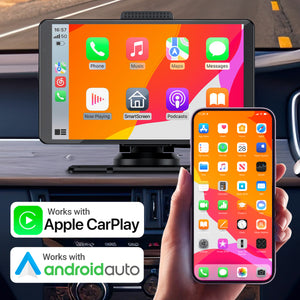The Struggle to Choose the Best Portable Charger: A Comprehensive Guide
In today's fast-paced world, staying connected is crucial. Whether it's for work, travel, or simply staying in touch with loved ones, having a reliable power source for our devices is essential. Enter the portable power bank charger – a modern-day necessity. But with so many options available, how do you choose the best one? Here’s a look at the struggle to find the perfect portable charger and some tips to make your decision easier.
The Capacity Conundrum
The first hurdle is deciding on the capacity of your power bank, measured in milliamp hours (mAh). This figure determines how much charge the power bank can hold. But how much is enough?
- Frequent Travelers: If you're constantly on the go, a higher capacity power bank (20,000mAh or more) is a wise choice. It can charge multiple devices or provide several charges for your smartphone, ensuring you stay powered up during long trips.
- Everyday Users: For those who need a power boost during the day, a 5,000mAh to 10,000mAh power bank usually suffices. It's compact enough for daily carry yet powerful enough to recharge your phone once or twice.
Balancing capacity with portability can be tricky. A high-capacity power bank is heavier and bulkier, while a smaller one might not meet your needs.
Portability Predicaments
Speaking of portability, size and weight are crucial factors. Do you want something that fits easily in your pocket or are you okay with a bit more bulk for extra power?
- Slim Designs: Smaller, lighter models are perfect for slipping into a pocket or purse, but they might offer less capacity.
- Heavier Models: Larger power banks provide more juice but can be cumbersome to carry around daily.
Finding a balance between power and portability is key, but it's not always straightforward.
The Ports Puzzle
The number and type of ports on a power bank can be another source of confusion. Do you need to charge multiple devices simultaneously? What kind of ports do your devices use?
- Multiple Devices: If you have several devices, look for a power bank with multiple USB ports. This feature is invaluable for busy professionals, students, and tech enthusiasts.
- Compatibility: Ensure the power bank includes the necessary ports (USB-A, USB-C, Lightning) for your devices. Some power banks even come with built-in cables, which can be a lifesaver by eliminating the need for extra cords.
Speed and Safety Concerns
Charging speed is another critical factor. Nobody wants to wait forever for their device to charge.
- High-Speed Charging: Look for power banks with high output power (e.g., 2.4A or more) for faster charging. Quick Charge or Power Delivery (PD) support is a bonus if your device supports it.
- Safety Features: Safety is paramount. Ensure the power bank has built-in protections against overcharging, overheating, and short-circuiting. Certifications like CE and FCC can indicate reliable safety standards.
Extra Features Frenzy
With so many features available, it's easy to get overwhelmed. Here are some additional features to consider:
- Wireless Charging: Magnetic wireless charging offers a cord-free experience, which can be particularly convenient.
- Retractable Kickstand: Ideal for hands-free viewing while charging your device.
- Digital Display: Some power banks have a digital display showing the remaining charge, which can be more convenient than LED indicators.
- Pass-Through Charging: This allows you to charge the power bank and your device simultaneously.
Brand and Reviews
Finally, the reputation of the brand and customer reviews can provide valuable insights. Stick with reputable brands known for quality and reliability. Real-world user reviews can help you understand the performance and reliability of a power bank.
Conclusion
Choosing the best portable power bank charger involves juggling multiple factors – capacity, portability, number of ports, charging speed, built-in cables, wireless charging, safety features, and more. The struggle is real, but with a bit of research and understanding of your specific needs, you can find a power bank that perfectly fits your lifestyle. Happy charging!
 Discounts are applied at checkout
Discounts are applied at checkout









